Ear Barotrauma

What is Ear Barotrauma?
Ear barotrauma occurs due to rapid changes in atmospheric pressure, such as during flying or diving. Boyle’s Law states that gas volume is inversely proportional to pressure at a constant temperature. As pressure increases (e.g., diving or descending in a plane), gas volume in the middle ear decreases, and as pressure drops (e.g., ascending), it expands. If the Eustachian tube fails to equalize this pressure, stress on the eardrum causes symptoms.
Mechanism:
The middle ear is an air-filled cavity containing the ossicles (hammer, anvil, stirrup), separated from the outer ear by the eardrum and connected to the nasopharynx via the Eustachian tube. This tube equalizes pressure between the middle ear and the environment. Blockage or dysfunction traps pressure, leading to discomfort.
Causes and Risk Factors:
- Eustachian tube blockage.
- Sinusitis or nasal allergies.
- Colds or middle ear infections.
- Sleeping during takeoff or landing without pressure equalization.
Symptoms:
- Ear pain or pressure.
- Sensation of fullness or blockage.
- Temporary hearing muffling.
- Tinnitus (ringing in the ear).
- Dizziness or imbalance (in severe cases).
Complications:
Rare but include:
- Permanent hearing loss.
- Chronic tinnitus.
- Eardrum rupture or internal bleeding.
Diagnosis:
- Otoscopy to check for eardrum bulging or fluid.
- Tympanometry to assess tube function and middle ear pressure.
Treatment and Prevention:
• Prevention:
- Frequent swallowing or yawning during pressure changes.
- Using decongestants or antihistamines before travel.
- Staying awake during takeoff and landing.
• Medical Treatment:
- Ventilation tubes in the eardrum to relieve pressure.
- Eustachian tube balloon dilation for chronic cases.
- Addressing nasal conditions (e.g., allergies or sinusitis) affecting the tube.
Notes:
Most cases resolve spontaneously, but medical attention is needed if pain persists or complications arise. Consult a doctor if symptoms worsen.


